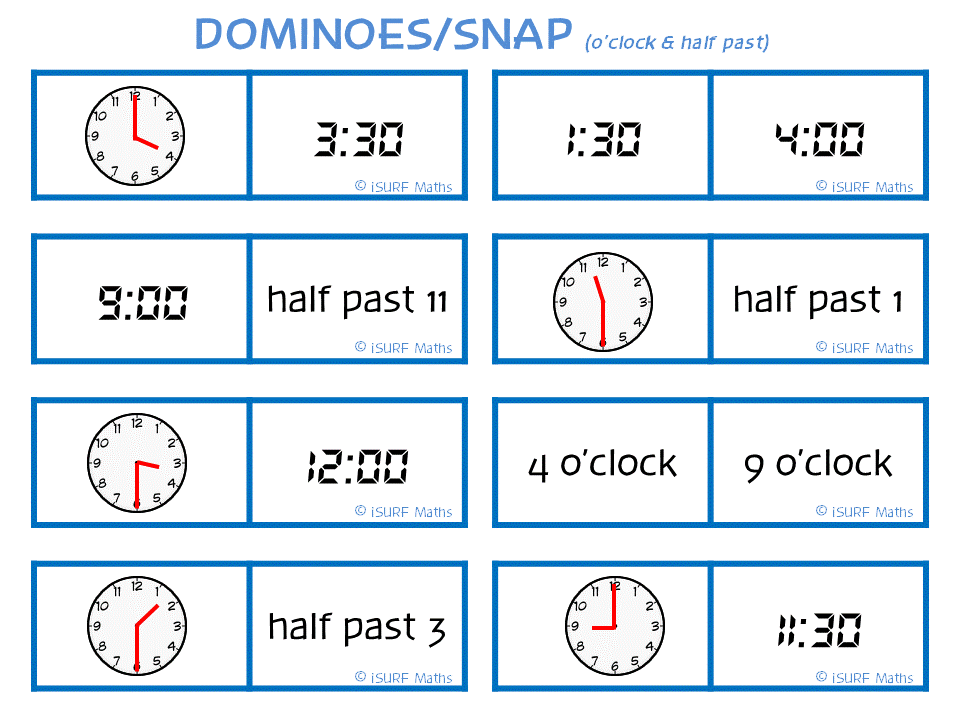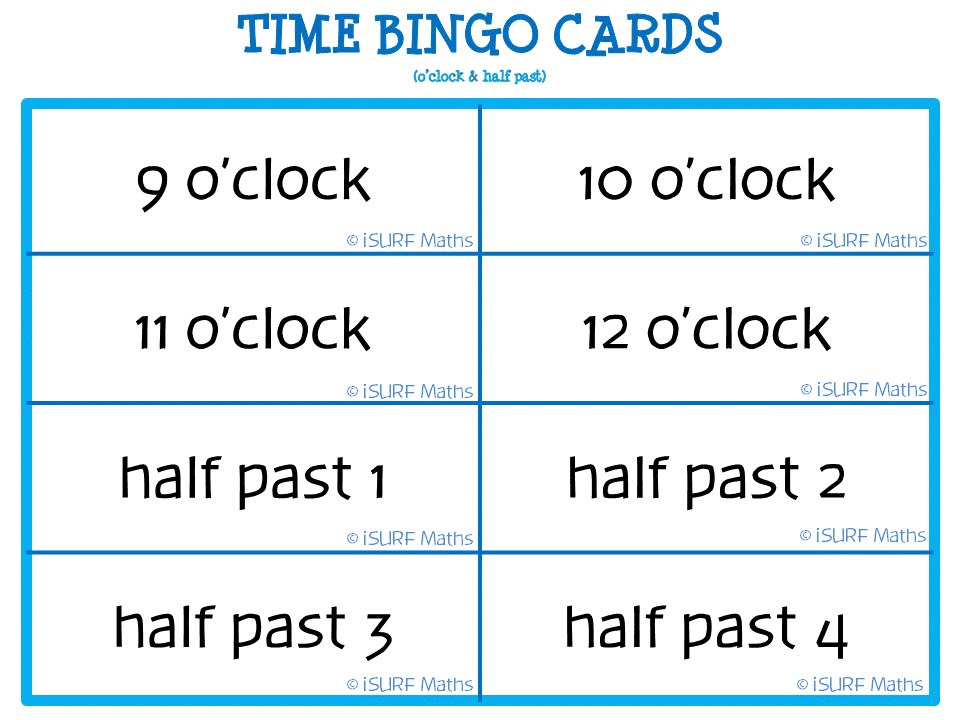The use of a range of resources, when teaching Mathematics, has always been well accepted and supported as a useful strategy to develop student's understanding.
Where can we find an understanding of which resources are most useful and the purpose behind these?
Below is an excerpt from Using Resources to Support Mathematical Thinking, Primary and Early Years, Chapter 2. Edited by Doreen Drews and Alice Hansen and published in 2007 by Learning Matters Ltd
SUMMARY OF KEY POINTS
Resources have an important role to play in allowing teachers to model or demonstrate representations of mathematical ideas, and in supporting children’s developing mathematical understanding and thinking. The effective use of any resource will depend on teacher understanding of how the particular representation helps develop mental imagery, and how to utilise the resource to assist with children’s understanding of particular mathematical concepts. The process of abstracting mathematical ideas from practical aids or images is difficult for many children: all teachers and practitioners need to be mindful that ‘just because the child is presented with some concrete materials it does not follow that the child will abstract the mathematical ideas from the materials’ (MacLellan, 1997: 33). Significant to assisting this process of abstraction appears to be choices made by teachers regarding the type of resource to be used, the role which teachers see themselves as having while children are engaging with the resource(s), and the social culture of the class.
To read the full chapter:
http://xtec.cat/centres/a8005072/articles/resources.pdfThe idea of identifying a resource and the link to the abstract thinking required in order for students to make that critical connection to the the content being explored, is an interesting one. This chapter has made me stop and think about the explicit steps required to ensure students use resources in such a way that they are understanding and making the intricate connections we have planned for, and not just completing a task (where resources are the central component) we have set for them.
We would love to hear your thoughts about the resources you find most valuable in your classroom (or the ones you would love to have!). Feel free to comment below or send us an email with your thoughts.













